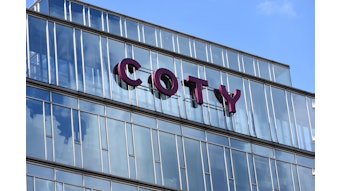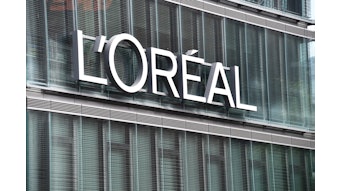For the first time, economic forecaster The Economist Intelligence Unit (EIU) has teamed up with Mintel to predict key trends for the future of different fast moving consumer good (FMCG) categories in emerging markets and the U.K. and U.S.
The findings are revealed in the paper, “Convergence with Divergence,” which analyzes how household spending in China, India, Mexico, Turkey and South Africa will change in comparison to the U.S. and U.K. over the next three years. Providing an in-depth picture of micro and macro trends, the report reveals that consumer spending in these emerging markets is expected to grow between 7.7% and 15.2% a year between 2013 and 2016 compared with 4.5% in the U.S.
While the world’s developed economies are still dealing with the fallout from the banking crisis of 2008, many emerging markets have seen incomes rise significantly, providing significant growth opportunities for FMCG businesses looking to enter new markets. Each market continues to differ and a need for businesses to understand their market remains integral.
In the U.S., the following trends are to be expected:
- Clothing, beauty, personal care and household products will bounce back—with beauty in particular experiencing a resurgence.
- While alcohol is currently experiencing a boom as demand for sparkling wine grows, this is not expected to last and will flatten out in the next three years.
- The food service category is key and restaurants will continue to thrive as total spending recovers.
Peter Ayton, global consumer analyst at Mintel, commented, “The collaboration with the EIU allowed us to look at both the micro and macro-economic trends providing a more accurate prediction for businesses looking to explore new and emerging markets for their products. By also analyzing the U.S. and U.K. we are able to provide a comparison with these more mature markets. The U.S. for instance will grow more slowly than those emerging economies, but will experience stronger demand in beauty, soft drinks and clothing. The U.S. also illustrates how innovation is key to market development in mature markets. On-trade alcohol sales are naturally prone to consumers’ belt-tightening in tougher times, but retailers have been stimulating demand from a customer base looking for new ideas through innovation.”
“In the U.S., total expenditure is likely to rise by just 2.8%—driven in part by the growth in their mighty food service market, currently worth twice the total spending on prepared food and commodity food. Each market is unique and understanding the trends and opportunities for each market should be central to all business investment decisions in the next three years,” said Jon Copestake, retail and consumer goods analyst at the Economist Intelligence Unit.
In summary, key findings for each of the markets analyzed is as follows:
- Turkey is experiencing a growth in sun cream as cultural changes mean more people are willing to sunbathe in public.
- China is likely to see a growth in laundry detergents due to growth in washing machines (grown from 1% of rural households in 2000 to 16% in 2010).
- India’s prepared food market has more than doubled with cereal consumption increasing. Household products are expected to grow by over 20% a year in the forecast period.
- In Mexico, the pet food market is booming, with sales doubling in the last five years.
- South Africans are acquiring more expensive tastes in drinks and coffee is expected to see an annual growth of 8.8% a year.
- In the U.K., chocolates and other cheap treats are proving popular—particularly individually wrapped branded sweets.










